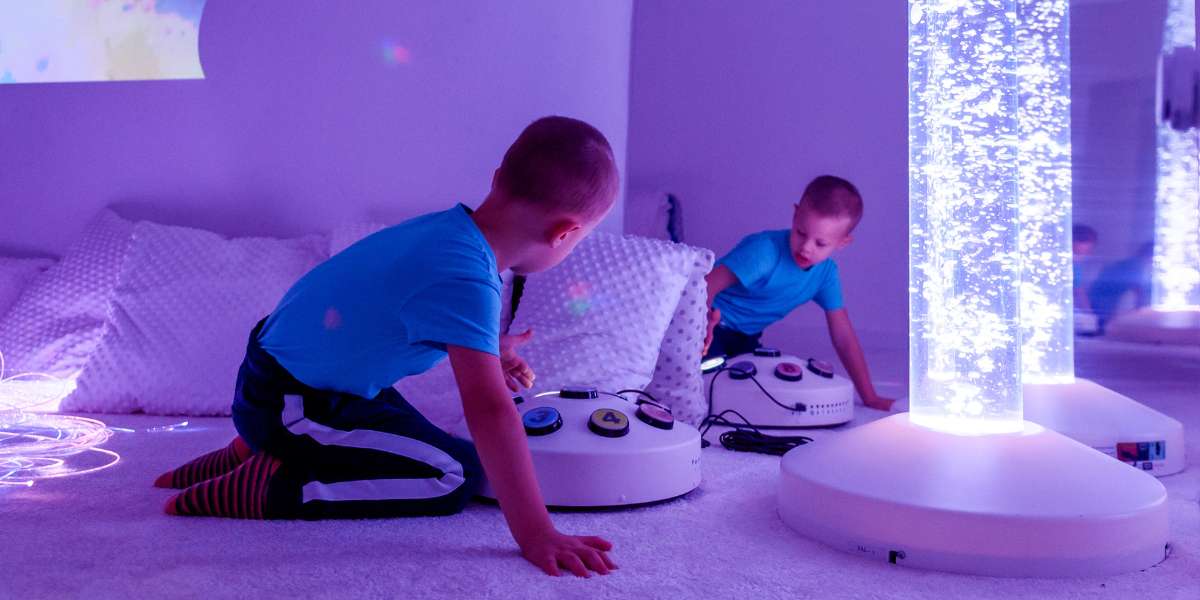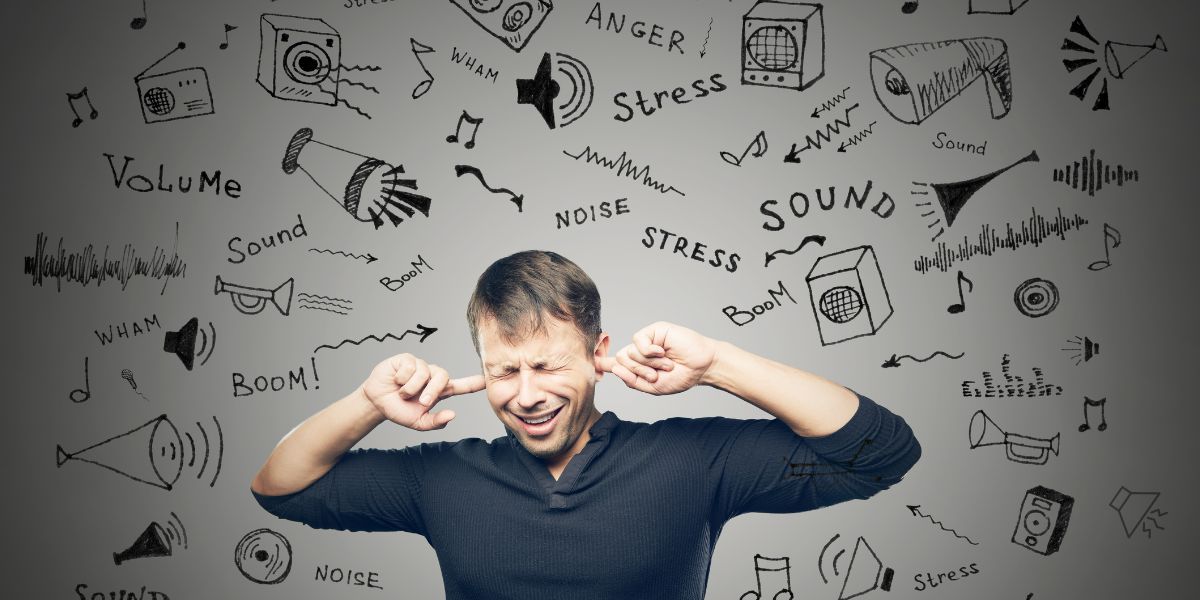Our senses are incredible guides that help us navigate the world. Understanding how our brains process sensory information is key to developing effective tools for individuals facing challenges in this area. Scientists and healthcare professionals are taking a closer look at the science behind sensory integration to create meaningful solutions.
Getting Acquainted with Sensory Integration:
Sensory integration is like a puzzle-solving process that our brains perform to make sense of what we see, hear, touch, taste, and smell. This process is vital for learning basic skills, forming connections with others, and managing our emotions. However, for some individuals, such as those with sensory processing disorder (SPD), this process may need a bit of assistance.
The Brain’s Role in Sensory Integration:
Our brains are remarkable organs responsible for sensory integration. Different parts, like the sensory cortex, thalamus, and cerebellum, collaborate to process information from our senses. The brain’s ability to adapt and reorganise itself plays a crucial role in helping individuals cope with challenges and respond more effectively to various sensations.
Sensory Processing Disorder:
Sensory Processing Disorder (SPD) can disrupt this puzzle-solving process. Some individuals become overly sensitive to stimuli, while others may not feel enough. This can create difficulties in daily activities, such as dressing or eating.
Sensory Equipment and How it Helps:
Therapists use various tools to assist individuals in improving sensory processing. These tools serve as aids, helping people practice and enhance their ability to handle different sensations.
Visual Stimulation Tools: Tools like light panels, bubble tubes, and toys with moving visuals can assist in refining how we see things, aiding the eyes and brain in working together more effectively.
Auditory Stimulation Tools: For those sensitive to sounds, therapists use tools like noise-cancelling headphones or calming music to help them adjust to different auditory stimuli.
Tactile Stimulation Tools: The sense of touch is crucial, and tools like textured mats, weighted blankets, and fidget toys help individuals feel more comfortable and in control.
Proprioceptive and Vestibular Tools: Tools such as swings and balance boards serve as exercises to enhance body awareness and balance, making movement and play more enjoyable and less challenging.
Conclusion:
Understanding the science behind sensory integration enables therapists to create valuable tools that support individuals facing sensory challenges. By utilising these tools, people can learn to manage their senses more effectively, making everyday life more enjoyable and less stressful.








